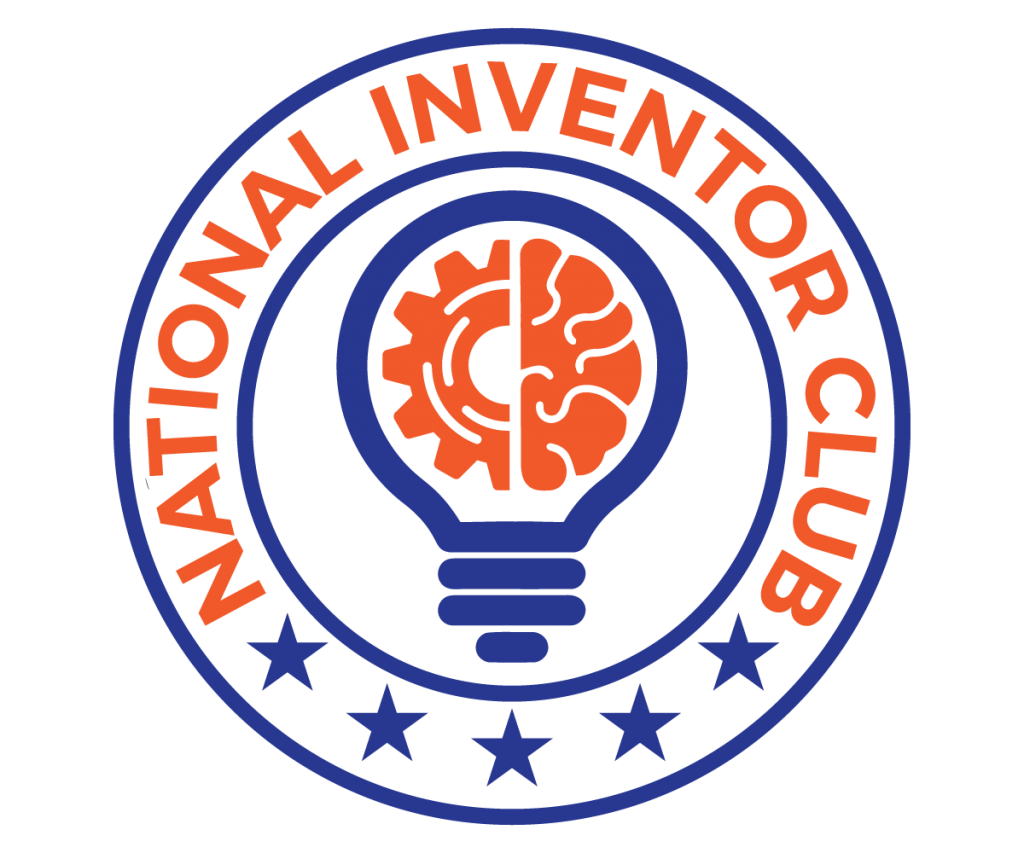
By Inventor Expert, Brian Fried
When you get a great idea that you think is destined to change the world, you will want to protect it with a patent. The first step is to find out if your idea is already patented by someone else. If it isn’t, you are free to apply for a patent that will give you the exclusive right to your idea and shield you from intellectual property theft.
Keep in mind that while few ideas are totally original, you have to find out if your idea is different enough from other products already on the market to warrant a patent. You can start the process by conducting a preliminary patent search on your own. When you finish, it is a good idea to hire a professional patent agent to conduct an in-depth patent search before you make an investment in time and money.
When Should I Do a Patent Search?
What is an Invention?
Your idea may be totally new, or your invention may be an improvement on an existing concept or product. According to the United States Patent and Trademark Office (USPTO), an invention is “any art or process (way of doing or making things), machine, manufacture, design or composition of matter, or any new and useful improvement thereof.” You are the inventor, the person who contributes to the conception of an invention.
What is a Patent?
As soon as you find out that your invention is “patentable,” you have to protect it from competitors. This is true even if your invention is just a thought in your head or a rough sketch on the back of a napkin. A patent is a property right granted to you by the federal government. When you are granted a patent for your idea, other people cannot make it, use it or sell it – for a limited time. You can apply for different types of patents, such as design patents, provisional patents, non-provisional patents and utility patents. When you apply for a patent, you have to explain how your idea is new.
Why Do a Patent Search
The United States Patent and Trademark Office (USPTO) may reject your idea if it is too similar to other previously patented ideas. Before you take the next steps by designing your product, creating a prototype, finding a manufacture for you invention and making arrangements for distribution, find out if your idea is already out there. You can be accused of patent infringement if you go ahead with an idea that is too close to an idea or a product that is patent protected. You don’t want to waste time and resources on a project that is destined to go nowhere and take the risk of legal consequences. If your idea is not patentable, it is best to move on to your next big idea.
How to Conduct a Preliminary Patent Search
You can conduct a preliminary patent search yourself. However, even if you come up with nothing, it is important to hire a professional patent agent to do a thorough in-depth patent search before taking your invention to the next level.
These are some steps you can take to conduct a preliminary patent search.
Think of Pertinent Search Terms
Think of relevant search terms or keywords that are specific to your invention when you search and stay away from broad, general terms. Bear in mind that a patent search can take days or even weeks to accomplish, so be sure to keep track of your research as you progress. You don’t want to duplicate your work or skip any important leads.
Search the USPTO
Check out the official website of the United States Patent and Trademark Office (USPTO) and click on the Full Text and Image Database. Search for existing patents, images and patent applications by using words that describe your idea. The CPC (Cooperative Patent Classification) is a new patent classification system developed jointly by the USPTO and the EPO (European Patent Office). Begin by entering CPC Scheme before your keywords to indicate that you want to use this classification system. Once you click on a result that matches your search, a CPC Classification Definition will appear. Use this definition to help refine the keywords for your search.
Use Google Patents Search
Google Patents, a free Google search engine that indexes patents and patent applications, indexes information from 17 patent offices around the world. English translations are available for non-English patents. Many inventors find Google Patents a fast and easy way to conduct a preliminary patent search.
Go to the PTRC Library
Patent and Trademark Resource Centers (PTRC’s) are part of a network consisting of public, state and academic libraries across the nation that are designated by the USPTO to help people perform a patent and trademark search. The library staff can answer questions about protecting your idea or product, your intellectual property. The staff can instruct you about using the resources of the library and may be able to answer your questions about how similar your idea is to existing patents. After finding your local Patent and Trademark Resource Center, it is a good idea to make an appointment before you go.
Filing a Patent Application
Your preliminary patent search will only take you so far. Speak to a professional patent agent who can advise you about filing for the right patents and help you apply for patent protection with the USPTO. When you are ready to file, your patent agent can make sure you include all the necessary information on your patent application, such as abstracts and a detailed description.







